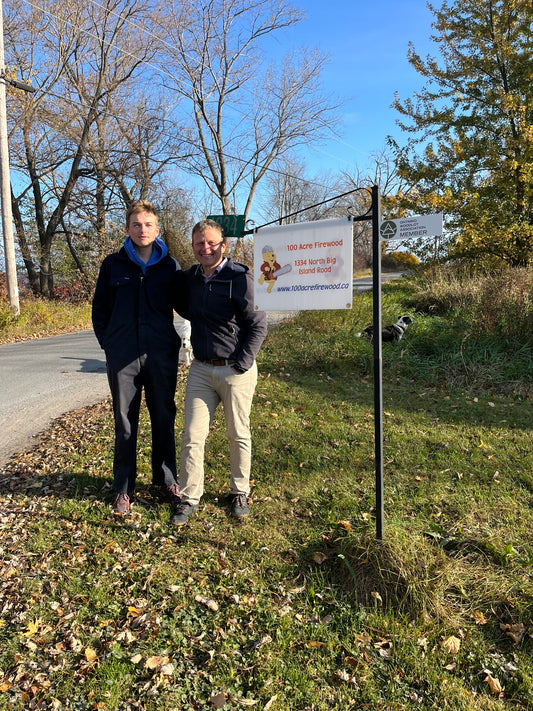What is the Ash Boring Beetle?
The Ash Boring Beetle, also known as the Emerald Ash Borer (EAB), is an invasive species that poses a significant threat to ash trees in Ontario. Originally from Asia, this small green beetle has made its way to North America and has been wreaking havoc on ash tree populations.
How Does the Ash Boring Beetle Kill Ash Trees?
The adult Ash Boring Beetle feeds on the leaves of ash trees, causing minimal damage. However, it is the larvae of this beetle that pose the real threat. The larvae tunnel into the bark of ash trees, disrupting the tree's ability to transport water and nutrients. Over time, this damage weakens the tree and eventually leads to its death.
Picture of Larvae Damage in One of Our Trees:

Impact on Ontario's Ash Trees
The Ash Boring Beetle has had a devastating impact on Ontario's ash tree population. Since its arrival in the early 2000s, millions of ash trees have been killed by this invasive pest. The loss of these trees not only affects the aesthetic beauty of our landscapes but also has ecological and economic consequences.
Ecological Consequences
Ash trees play a crucial role in Ontario's ecosystems. They provide habitat and food for numerous species of birds, insects, and mammals. The loss of ash trees disrupts these ecosystems, leading to a decline in biodiversity. Additionally, ash trees help filter pollutants from the air and water, contributing to cleaner and healthier environments.
Economic Consequences
The impact of the Ash Boring Beetle extends beyond the natural environment. The forestry industry, which relies on ash trees for timber, has been severely affected. The loss of ash trees has resulted in job losses and economic hardship for many communities that depend on the industry. Furthermore, the cost of removing and replacing infested ash trees is a significant burden for municipalities and homeowners.
Efforts to Combat the Ash Boring Beetle
Various measures have been implemented to control the spread of the Ash Boring Beetle and protect ash trees. These include the use of insecticides, the removal and destruction of infested trees, and the establishment of quarantine zones to restrict the movement of ash wood products. Additionally, research is ongoing to develop biological control methods, such as the introduction of natural predators of the beetle.
How Can You Help?
As an individual, you can contribute to the efforts to combat the Ash Boring Beetle and protect ash trees:
- Learn to identify the signs of infestation, such as D-shaped exit holes in the bark and S-shaped tunnels under the bark.
- Report any suspected sightings of the Ash Boring Beetle to your local forestry or agricultural authorities.
- Consider planting diverse tree species in your yard to reduce the impact of future tree pests and diseases.
By taking these simple steps, we can all play a part in preserving Ontario's ash trees and protecting our natural and economic resources.




